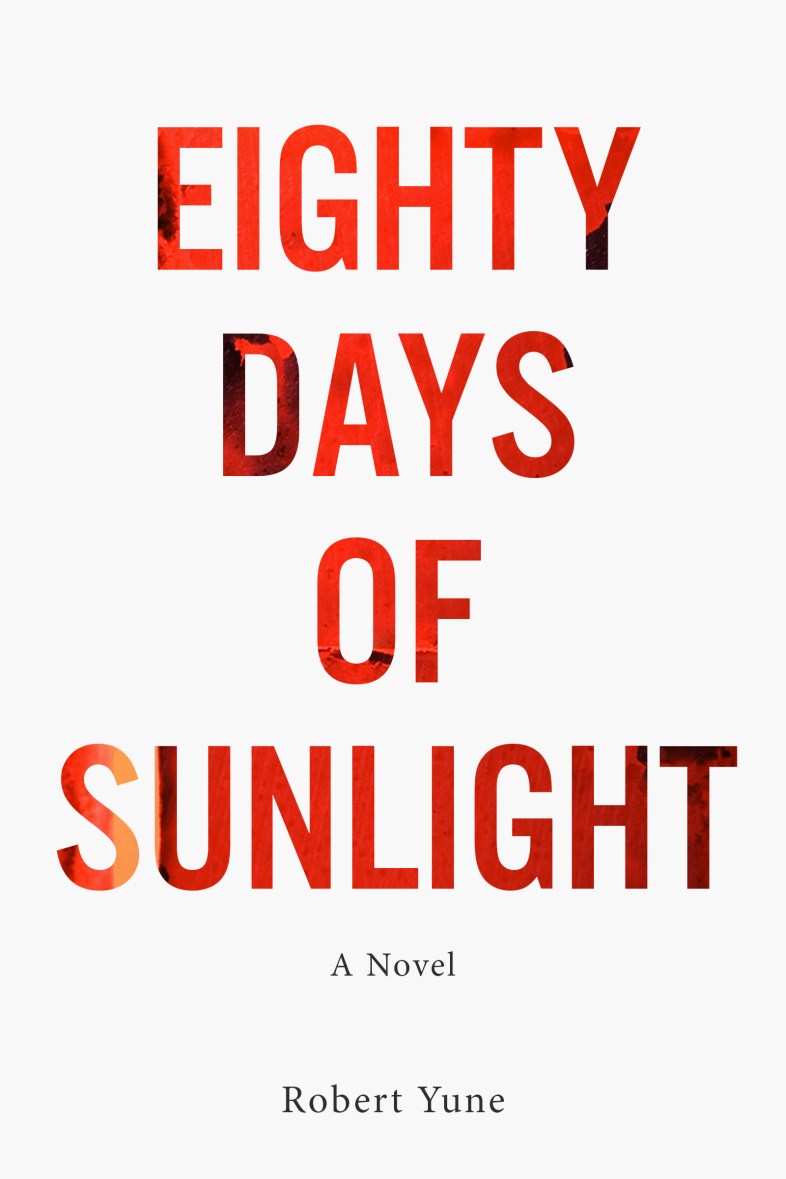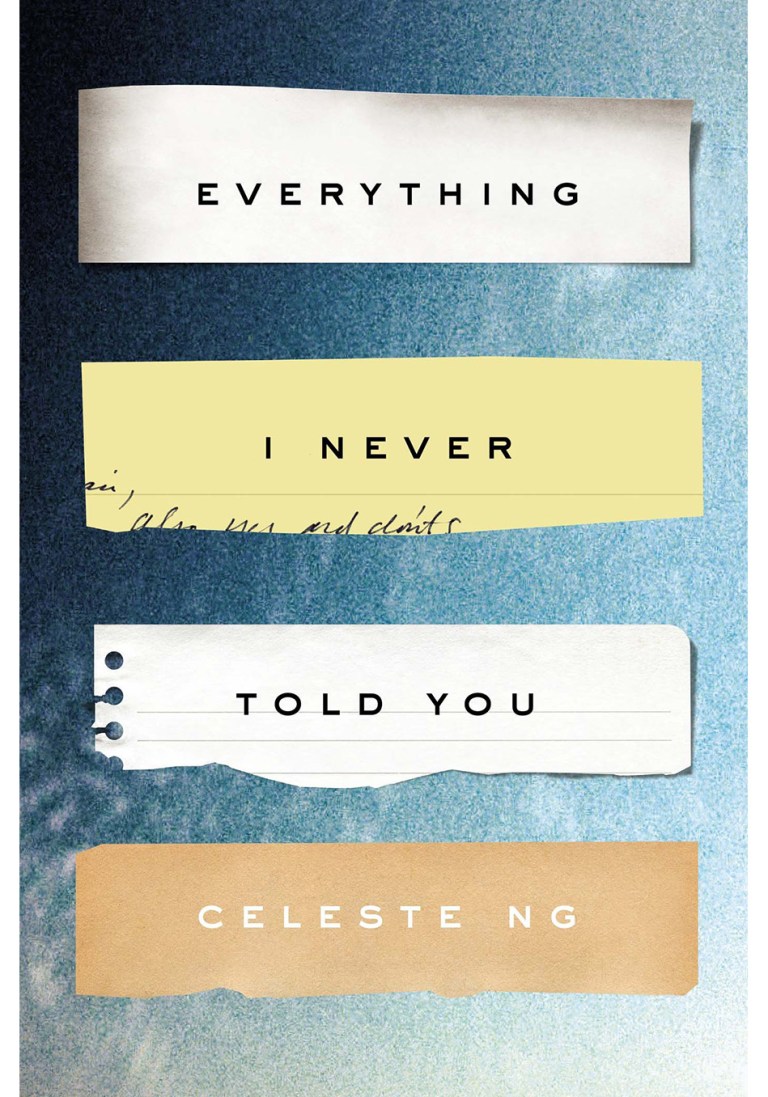A Few Writing Tips On Using Time Period Cues To Help Your Novel Progress
Stillness is dangerous in a novel: when a reader senses a dip in energy or motion, he or she often starts to disengage from the story.
By ![]() Robert Yune
Robert Yune


In this series, I’m reading Celeste Ng’s blockbuster debut novel Everything I Never Told You and discussing literary techniques I notice in each chapter. Obviously, this post contains spoilers for EINTY. For past installments: part 1: Characterization (which includes a link to an online excerpt of the novel’s first chapter), part 2: The Graceful Flashback, part 3: Tension and Subplots, and part 4: Seemingly Minor Details.
I’m assuming that most people reading this are aspiring writers, so I’ve tailored this post to include a craft technique that can be useful when writing a novel. And for those reading along with the book, I’ll include a few observations on the plot at the end.
In past installments, I broke down techniques I’d noticed into small pieces of advice (“give your flashbacks a destination”), but in this article, I’m going to list some questions for you to consider as you’re drafting or revising your novel.
How important is your novel’s time period?
This might actually be a good question to ask after you’ve completed your first draft: that way, you can go through and add in details when they’re relevant instead of trying to do research while you’re trying to write the first draft. At any rate, it’s a worthwhile question: in some novels, such as The Beach or Animal Farm, the time period isn’t terribly important. Some, such as The Red Badge of Courage or Code Name Verity, couldn’t be set during any other time period. And in some novels, such as Salvaging the Bones, the time period isn’t important at first but becomes important later.
In EINTY, the time period is crucial to the novel’s drama. Sure, racism and sexism have existed in every decade, but the social issues described in this novel are a specific shade connected to their time periods (anti-Asian sentiment was different in the 1970s than in the 1980s). Also, while most people had a specific belief about women and their role in the household, some people (such as Marilyn) rebelled against those beliefs, and this conflict is more or less what drives Marilyn through most of her early life.
Also, racism and sexism limit the book’s characters in a number of ways, which helps to fuel the drama. For example, James Lee doesn’t get hired at Harvard because he “wasn’t the right fit for the department” and the Lees’ wedding takes place in the shadow of Loving v. Virginia.
In terms of logistics, there are other useful limitations due to the time period: none of the characters have digital trails that can be followed—in fact, Lydia’s conversations with her friends are mostly public, since the house only has one corded phone. Also, the police department’s understanding of forensics seems pretty primitive. While Marilyn is aware of horror stories in the newspapers, this novel takes place in an era before vanishings and kidnappings became commonplace, and there’s a certain novelty and freshness in the media coverage of Lydia’s death.
How does the time period of your novel affect the characters?
I’ll focus on a single example from EINTY here: in chapters six and seven, Nath is obsessed with astronauts and the Space Race. Obviously, this gives him a hobby when his mother has vanished, but it also helps to characterize him: like a lot of boys during that time period, he’s smitten with the awe and mythology of the space program, but considering the situation at home (his mother just abandoned the family and his father was coping poorly), it makes sense that Nath would long for the escape and freedom the space program symbolized. At the same time, it makes sense that his father James, who is obsessed with his domestic crisis, has zero patience for Nath’s new obsession with strangers in outer space.
During Celeste Ng’s talk in Pittsburgh this summer, someone in the audience raised her hand and said, “This family really could have used some group therapy.” You could feel everyone in the room wanting to stand up and applaud: one big frustration with this book is that therapy—or just basic communication—might have probably saved this family the same way a cell phone might have given Romeo and Juliet a happy ending. However, as Celeste pointed out, during this time period, most people simply didn’t have the outlet to communicate their feelings.
How can your novel’s time period help move the plot along?
Just imagine chapter six of EINTY if the space section is removed. It would be mostly long descriptions of people suffering, day after day. The Space Race, and Nath’s growing obsession with it, provides a useful contrast to the stillness (and stale-ness) in the house, and gives the chapter an important sense of motion.
While this motion doesn’t move the plot forward, it does make the moments of stillness more palatable. Stillness is dangerous in a novel: when a reader senses a dip in energy or motion, he or she often starts to disengage from the story.
That said, Nath’s obsession with astronauts (and escaping from his unhappy home life) pays off in chapter seven, and his acceptance to Harvard creates an unprecedented tension when Lydia realizes that her entire support system is about to escape to college.
On a more universal scale, new developments of the era (affirmative action, the Equal Rights Amendment) help fuel Marilyn’s tiger-mother frenzy, which further compounds Lydia’s misery.
I’ve discussed before how contrast can be useful (“use a character’s growing obsession to contrast a general lack of activity in a chapter”), but the year 1976 is actually in harmony with how strange things are in the Lee household. The odd events of the year help emphasize how strange things are for Lydia, who is failing physics and impulsively dating her brother’s mortal enemy. If you think about it, this is an easy technique to appropriate, especially because scientific progress and strange things happen just about every year. You just need to find and cherry-pick the right developments for dramatic effect.
Shifting into a more familiar gear, it feels like we’ve reached a turning point in the novel’s main question by the end of chapter seven. What happened to Lydia? By this point, it feels like one of four things happened:
- Lydia’s death was a suicide (this seems very possible now, especially with Marilyn in full tiger-mom mode)
- Nath killed Lydia (this seems unlikely, especially given his reaction to her death and his drive to find out “what really happened”)
- Jack killed Lydia (this seems too obvious)
- A stranger killed Lydia (this seems possible, although unlikely)
If this were a murder mystery or a thriller, I’d be pretty unhappy with my options and I’d be wondering how the author would pull off a satisfying ending. However, since this novel is more interested with the fallout after Lydia’s death rather than its cause, I’m willing to just experience the events as the author describes them and wait to see what happens. If it turns out that Lydia slipped and fell in the lake or was murdered by a serial killer, I’d be a little disappointed, but since this is a fairly realistic novel that’s more focused on the characters’ internal lives than plot machinations, I’d probably be okay with it. ![]()





